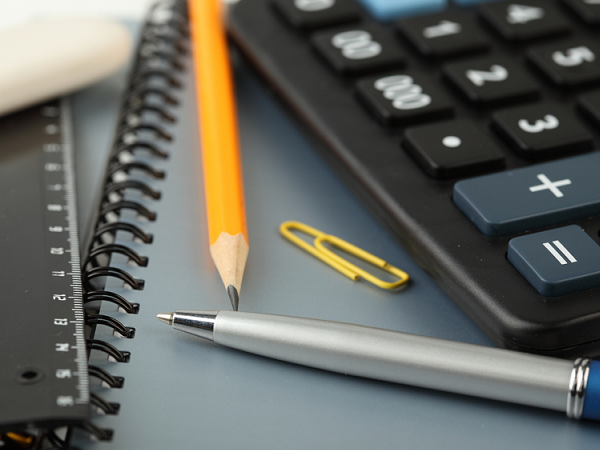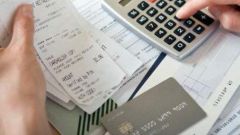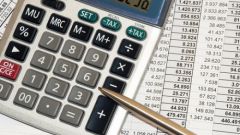Instruction
1
Cost analysis is one of the most important aspects of economic analysis. It shows in which amount the company has managed the production of a certain amount. When pricing these expenses must be factored in minimum cost. To increase profits and not to raise the price of tradable commodities, you should explore the possibilities of cost reduction without loss of product quality.
2
To find the cost, add up all the costs associated with the production and sale of products. They can be divided into two groups: variable and fixed costs. Please note that the first grow in proportion to the amount of the issue. These include: costs for purchase of raw materials, labor costs, purchase or rental of special equipment, make or buy packaging and personalized packaging. In other words, all the resources, the consumption of which increases depending on extra items.
3
Fixed costs are called so only conditionally, since they are not directly connected with the production, but they can also change over time. These include, for example, payment of rent of the premises/warehouses/offices, amortization, incentive wages and non-production personnel, etc.
4
Distinguish between common, individual and average cost. The total cost is the aggregate cost of all the released output. Individual is the sum of costs spent on production of one unit of the commodity. The average cost is obtained by dividing the total by the number of units of the product. In addition, there are industrial and complete cost price.
5
To find the production cost, consider only the costs associated directly with production, i.e. to obtain the finished products and dispatch it to the warehouse. Further costs for its implementation are referred to as commercial, is the cost related to advertising, total packaging and delivery to the place of future sales. Their summation with the production cost forms the full cost.






